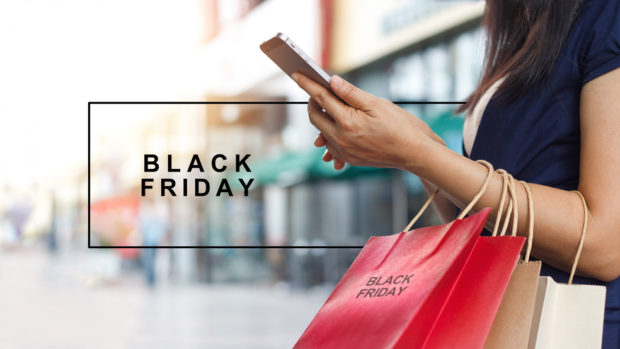
I had the urge to scribble a few thoughts about Black Friday. It’s around the corner yet again, and in another few weeks people will be enjoying the big event. Mainly online shopping through Amazon, who introduced this controversial US tradition to the UK about 10 years ago. Firstly, for many it’s only tolerable as Thanksgiving is involved – but in the UK we don’t even get a five-day reprieve to recover from the hysteria.
The majority of retailers are feeling the squeeze from changing consumer behaviours, a recession, greener spending habits (aka less spending), and the rise of e-commerce vs. in-store. For Amazon, Black Friday exacerbates undercut retailers even more in an attempt to swallow up a higher share of precious Christmas spend. So, what did retailers have to do? They all had to jump in and participate in Black Friday to retain their share.
If that wasn’t enough, Black Friday is also an equity and experience killer of the highest order. I wrote this in response to reading through some of the WARC legacy case studies in pursuit of some inspiration from years gone by. In my search for some strong former truths (I highly recommend reading the archives from time to time), I found some docs from 2016 when Black Friday was a fresher concept, yet already questioned by retailers who felt forced to participate in order to compete against the ‘Amazon Squeeze’. Here’s some revelations from 2016 that remain relevant now:
It doesn’t increase spend; it just brings Christmas forward
This entire act of Black Friday doesn’t increase spend; it simply just brings forward the timeline of that spend. People aren’t actually spending more, as evidence shows, they are just buying sooner. You can see the data where it peaks over Black Friday, and then it’s down YoY in those weeks leading up to Christmas.
As the Primark CEO puts it: “Black Friday in the UK is pointless… It seems to have arrived online and although we did not run promotions last year, we saw a lot of people on high streets… But all it seemed to do was bring forward sales, so the week of Black Friday was good, and the following week was bad and if you average them together sales were fine…”
Itís a brand-equity killer
“Heavy discounting, unpleasant retail experiences, disappointment, late fulfilment and high returns are a perfect storm for erosion of brand equity.”
Here’s what happens. A bunch of retailers who really want to make this money put on Black Friday sales. A bunch of people try and buy a bunch of things all at once. The websites crash, the queues are awful, the delivery window is long/unpredictable, the customer service lines are swamped, the employees are miserable and the subsequent fallout of the returns process is elongated. All in all, people are left with bad experiences from brands struggling to organise operations in a way to successfully facilitate really good CX. So, there you have it. Is it worth risking all of this for your brand? Surely it doesn’t deserve this.
Winning retailers will offer a continuous experienceî
This quote from five years ago still rings true: “The long-term winners will be the brands that can offer a fluid and rewarding experience online and in-store. Success will require increased access to information online, together with a gratifying and unique physical experience in-store. It also requires a major shift in mindset: no longer are retailers selling, but they are helping people buy.”
What’s happened since then? Not much, in my mind. Some gimmicky stuff, but nothing really revolutionary (except that maybe the term ‘phygital’ is now a thing).
Five years ago, this article was talking about ‘showrooming’ (going to a store and then Googling where to get it cheapest/fastest online) and ‘webrooming’ (finding it online and then going into store to try it on before purchase), yet I can’t think of great examples where retailers have embraced this and made it work. I can, however, think of good experiential in-life activations, and some digital powerhouses – but nothing comes to mind where it’s a lovely stitched-together experience of the two.
Where do we go from here?
Deviate from the discount madness, zero in on the experience. We’re still fawning over REI’s case study to close shop on Black Friday. We still pine over Patagonia’s decision to do the same. Think forward to when we can imagine a scenario where people pick experience, convenience and brand equity over bottomed-out prices to make purchase decisions (spoiler alert: they already are).
In conclusion: the WARC studies and subsequent data don’t lie. Black Friday doesn’t benefit business, and it doesn’t benefit the customer; it’s lose-lose. This is as relevant today as it was in 2016 when those case studies were first published.
At krow, we understand that long-term sustainable growth comes from delivering consistent value over time, which customers understand and associate with the brand. Value isn’t just about price, but it takes some backbone in the boardroom to resist joining the race to the bottom when all your competitors are doing so. However, it can – and does – work. Customer experience and brand equity are your most powerful allies for long-term growth, so don’t go killing them with Black Friday.
by Sara Parrish, Lead CX Consultant at krow East








Share